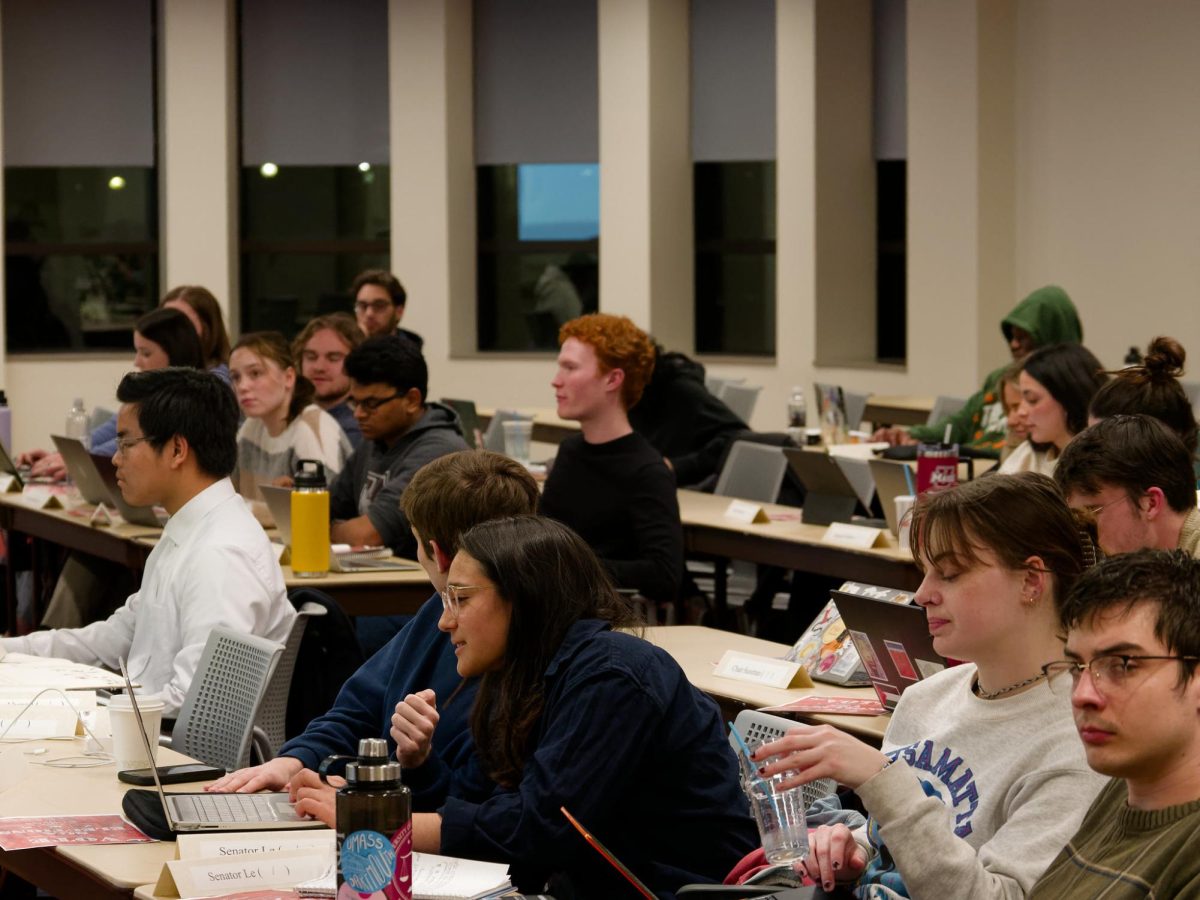Research teams at the University of Massachusetts, along with several other organizations, have received a five-year $1.8 million grant to develop a new layer of protection in the fabric of future military uniforms, according to a news release.

The grant, part of a $13 million project funded by the U.S. Defense Threat Reduction Agency, will aid UMass scientists Kenneth Carter and James Watkins, working with team leader Francesco Fornasiero of Lawrence Livermore National Laboratory (LLNL), to develop the nanotube-based fabric, the release said.
The fabric will be designed to withstand harmful chemical and biological factors experienced in warfare, with the researchers saying it could be incorporated in military uniforms within 10 years, according to the release.
The fabric would mimic the way real skin operates and responds to certain environments. It would have the ability “to switch reversibly from a highly breathable state to a protective one in response to the presence of the environmental threat without the need for an external control system,” the release said.
“The uniform will be like a smart second skin that responds to the environment,” Fornasiero said in the press release.
According to the release, “the fabric would switch to a protective state by closing the pore entrance or by shedding the contaminated surface layer” when exposed to a harmful chemical agent.
“This futuristic uniform would allow our military forces to operate safely for extended time periods and successfully complete their missions in environments contaminated with chemical and biological warfare agents,” said Tracee Harris, science and technology manager for the Dynamic Multifunctional Material for a Second Skin Program, in the release.
Features of the “second skin” fabric include a high level of breathability due to extremely ventilated membranes as well as an effusion response element which would allow the fabric to exfoliate following interaction with dangerous chemical agents, the release said.
“Mimicking the way real skin responds to threats by exfoliation and shedding of contaminated areas will allow for a dynamic responsive garment, all achieved through controlled chemical reactions in this new advanced fabric,” Carter said in the release.
The team of UMass researchers in addition to Carter, Watkins and, includes Jeffrey Morse and YuYing Tang. Six other researchers are also working on the project, representing institutions such as the U.S. Army Natick Soldier Research Development, Massachusetts Institute of Technology, Rutgers University and Chasm Technologies, Inc. of Canton.
Chelsie Field can be reached at [email protected].












